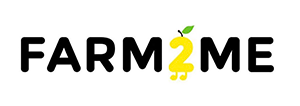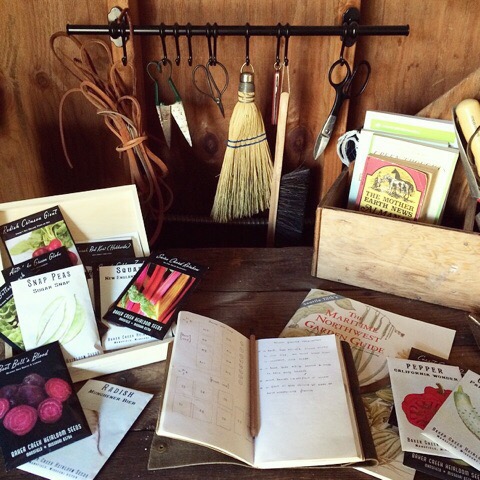by Hive Of Industry
We keep a vegetable planting and growing calendar on our refrigerator. It’s distributed as a brochure by our local plant nursery and includes a month-by-month schedule of which veggies you can begin to grow in our climate zone at the different times of year (both indoors and out). In the month of December, though, instead of listing kale or leeks or chard or potatoes, the calendar said, “Collect seed catalogues, pour a cup of tea, and plan for next year.” So that’s exactly what we did.
Once we got situated, teacup and Baker Creek Heirloom Seeds catalog in hand, we faced the same exciting question we have each winter as we look ahead to another growing season: what are we going to plant this year?! Though we may all live in different climates and have different space configurations, we thought we’d share how we decide which seeds to get and how we choose what to grow.
What Do You Like To Eat
The first consideration we make together is always: what do we like to eat? Starting seeds and then watering and maintaining the plants throughout the spring and summer and into the fall is not only time-intensive, but unless you’re collecting your own rain water, it costs money, too. There’s not too much sense, then, in growing something that you don’t usually eat. In our small household, we tend to use a lot of kale, spinach, onions, leeks, carrots, garlic, chard, lettuce, tomatoes, squash, and root vegetables, so when ordering seeds, we tried this year to choose hardy and prolific varieties of vegetables that we eat on a very regular basis.
Consider Space
Other important considerations we make are how much space the vegetables take up, and how long they take to mature. For example, we have a total of 22 raised garden beds spread throughout our front, back, and side yards, but wherever we plant garlic or onions (overwintering plants that get planted in the fall and are harvested at the height of summer), we have to remember and plan for the fact that we won’t be able to use those beds again until late next summer. Two years ago we grew corn, but after a very modest autumn harvest, we decided that rather than plant and maintain it, we would forego trying to cultivate corn ourselves and rather buy ears and ears of it when it was in-season from the farmers market at a very reasonable price (it’s often as low as three ears for a buck), and use the space and water for something else. We’ve made the same decision about broccoli and cauliflower; we simply don’t grow it very well and have decided to buy it from local farmers who do, while using our own space to grow things we are successful at and eat regularly, like beans and peas and squash. (One note about summer squash that you already know: my goodness, it’s productive. This year we’ve decided to just plant two kinds, rather than four to six, because come August and September, we’ll have so much squash we’ll be begging people to take it away.)
Experiment
For a little experimentation, we usually also throw in a one or two varieties of vegetables that we’ve never grown and have rarely eaten. This past year that meant purple kohlrabi and a few radicchio plants. The verdict is still out on the kohlrabi (it took a long time to mature, but we loved its spicy crispy qualities once it did), while the radicchio was such a colorful and easy hit that we’ll definitely plant it again in the future.
Happy Planting!
Hive of Industry is a Pacific Northwest-based husband and wife pair (author Evan P. Schneider and stylist Judith Edwards) currently maintaining a small urban homestead in the Montavilla neighborhood of Portland and reviving an off-the-grid cabin in Oregon’s Coastal Range.




